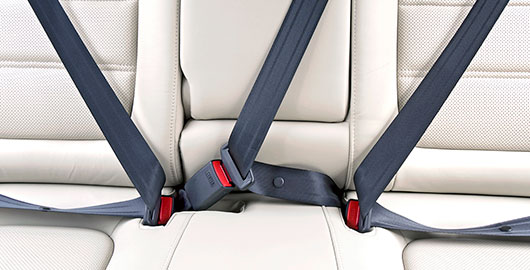
Did you know:
- Approximately 6,400 adults are injured in a motor vehicle collision each day in the United States?
- More than 2.3 million adult drivers and passengers were treated in emergency departments for injuries from crashes in 2009.
- In one year alone, deaths and injuries to drivers and passengers from crashes cost $70 billion in medical and lost work.
- Young adults age 18-34 have the highest crash-related injury rates of all adults.
- 7.3 million more adults would have worn their seat belts in 2008 if all states had primary enforcement seat belt laws achieved 88% use.*
Motor vehicle collisions are the leading cause of death for people between the age of 5 and 34. Seat belt use by adults is the most effective way to reduce injuries and death caused by motor vehicle collisions.
- Seat belt use reduces serious injuries and deaths in crashes by 50%. Air bags provide added protection but are not a substitute for seat belts in a crash.
- Seat belt use is higher in states that have primary enforcement laws (88%) than in those states that do not have them (79%).
- In 2009, about 12,000 more injuries would have been prevented and about 450 more lives saved if all states had primary enforcement seat belt laws.
Between 2002 and 2008, the percentage of adults who always wear seat belts increased from 80% to 85%. Still, 1 in 7 adults do not wear a seat belt on every trip. Primary enforcement seat belt laws have a significant impact on getting people to buckle up.* In 2010, 19 states–where 1 in 4 adult Americans live–did not have a primary law.
Be smart. Be safe. Buckle up!
* A primary enforcement seat belt law means a police officer can pull someone over and issue a ticket to the driver just because someone in the vehicle is not wearing a seat belt. A secondary enforcement law allows a police officer to issue a ticket for someone not wearing a seat belt only if the driver has been pulled over for some other offense.
Source: Center for Disease Control and Prevention Vital Signs
